L’Artemisia vulgaris is a plant belonging to the family of Asteraceaetribe Anthemideaegenus Artemisia. Vulgarly it is known as common mugwort or wild wormwoodwhile in English it is called mugwort. This genus of plants is very broad and includes different species, which are sometimes confused by the nomenclature. In fact, we have already talked about the plant of absinthe (Artemisia Absinthium) he was born in tarragon (Artemisia dracunculus). In our spontaneous flora the species Artemisia vulgaris it is the typical one, present in all Italian regions. It has always been used in herbal medicine for its beneficial properties, but also in liqueurs, for its valuable aromatic and digestive characteristics.
We therefore know better this plant and its uses.
Regional names of mugwort
Common mugwort is called in many different ways around Italy, for example we have: artemiria and fruit grass in Liguria, white grass and ersemiso in Piedmont, wood grass And brianz in Lombardy, queen grass And absent in Emilia, sinsiolo And brustoloni in Veneto, altanisie in Friuli, righteousness in Abruzzo, archimesa in Puglia, vranca grass And arcimisia majuri in Sicily.
Description of mugwort
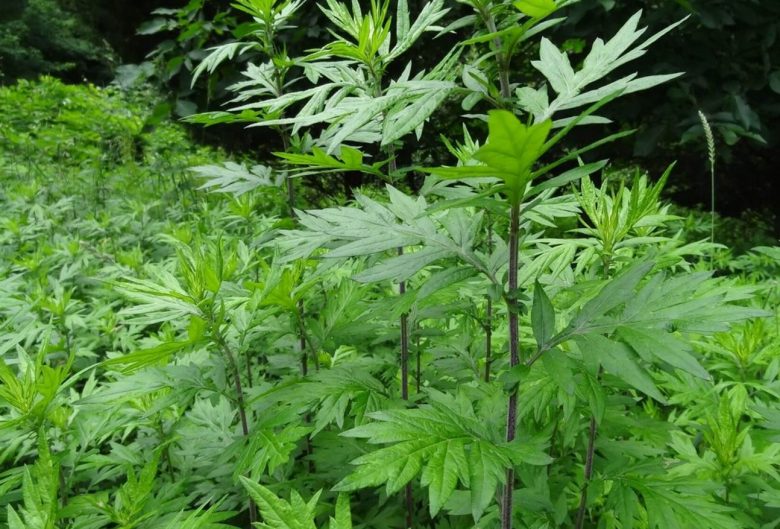
L’Artemisia vulgaris manages to survive the winter thanks to the presence of wintering buds in the ground. Technically it is said to have a scapose hemicryptophyte biological form. It is a perennial herbaceous plant, and in this it differs fromArtemisia annuaallied species, but with an annual cycle as a scapose therophyte and present in the spontaneous state only in the central-northern regions.
The root consists of a large and woody aromatic rhizome, with an oblique bearing. Erect stems, up to 1.5-2 m high, emerge from the rhizome. These stems are also very branched, woody and reddish in color.
Leaves
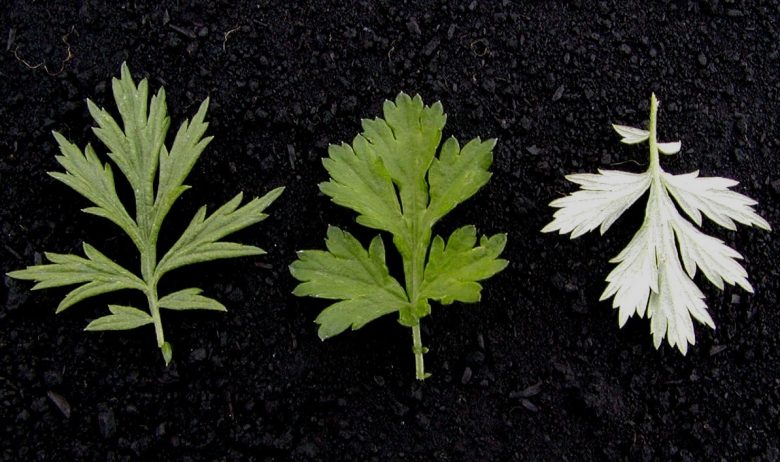
The leaves, distributed alternately on the stem, are pinnatifid with whole lobes or, in turn, divided into narrow laciniae. At the base there are two orecchiette. The upper page is hairless and dark green. The lower one is white due to the presence of a thick tomentosity. The lower leaves are the most incised and, as you go up along the stem, they become more and more simple, up to the upper ones which are whole and of an elongated-linear shape.
Flowers
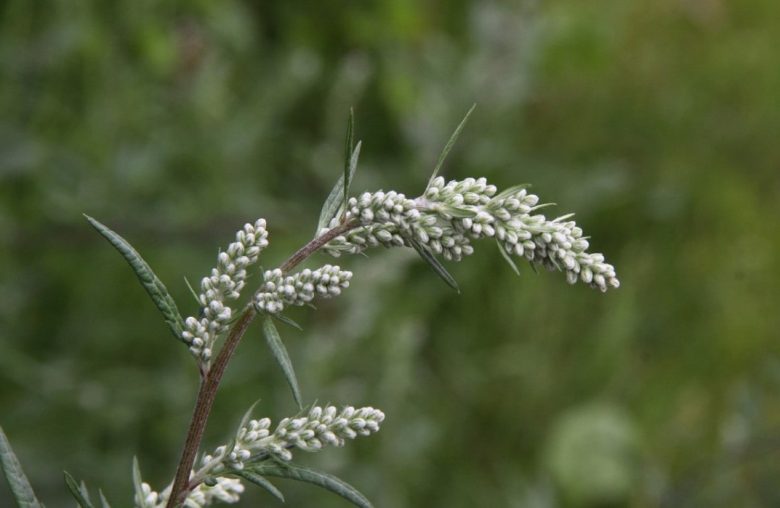
The inflorescence ofArtemisia vulgaris it is a very large and repeatedly branched terminal panicle, with a typical pyramidal shape. It is composed of numerous flower heads with a few simple yellow flowers and a pink-white casing. Flowering occurs in summer.
Fruits
The fruits are small achenes without pappus (unlike the others Asteraceae), with an ellipsoid shape and compressed on the sides.
The habitat of Artemisia vulgaris
Mugwort is a very common, rustic and easily adaptable plant. It prefers soils rich in nitrogenous substances and is therefore abundant near inhabited areas, in courtyards, railway embankments, ditches, hedges, uncultivated land and along roads. It is widespread in the plains, generally it does not exceed 1,000 m asl
Collection and conservation
The leaves and flowering tops of the common mugwort are used in herbal medicine. The latter are harvested between July and August, when they are at the beginning of flowering as they are richer in active ingredients. The collected parts are dried in the shade, arranging them in thin layers or gathering them in bunches. Storage can be done without problems in paper bags.
Active ingredients and properties of mugwort
The active ingredients contained inArtemisia vulgaris they are: tannins, essential oil, flavonoids, bitter substances, hydroxycoumarins, sesquiterpenic lactones.
The properties attributed to the plant are: flavoring, bittering, aperitif, digestive, emmenagogue, sedative, antispasmodic. Several research studiesthey also studied its biological effects, including antioxidant, anti-inflammatory, antitumor, lipid-lowering and antimicrobial properties.
Uses of common mugwort
Common mugwort is used both for its aromatic characteristics and for its healthy activity. First of all it is used as a bitter-flavoring base for aperitif and digestive bitters, as well as non-alcoholic bitter drinks.
In herbal medicine and folk medicine, it is famous for promoting regularization of the menstrual cycle, thanks to its antispasmodic properties.
Other uses of the extracts are related to gastrointestinal disorders and, in general, to the sedative activity of its active ingredients.
In herbal medicine the it is sold as a non-alcoholic, dried mother tincture or as a supplement. In the home, an infusion is prepared with 1.5 g of flowering tops in 100 ml of water, to be taken in small glasses after meals.
Contraindications
In case of prolonged use or overdose, the intake of mugwort can give rise to side effects such as nausea, vomiting, diarrhea and abdominal pain. It is absolutely forbidden in pregnancy, due to the potential and known abortion activity. Furthermore, it is not recommended for those suffering from gastritis or peptic ulcers.

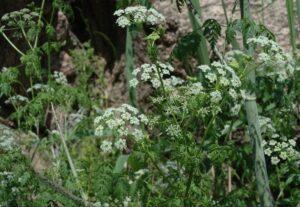
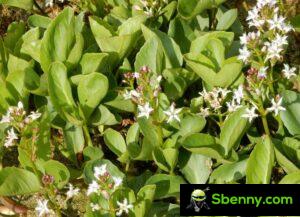
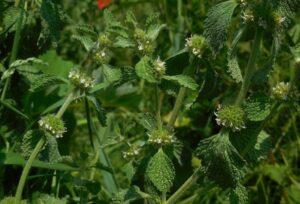
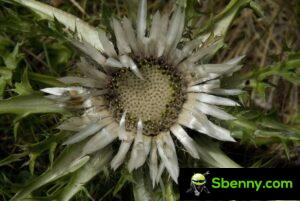
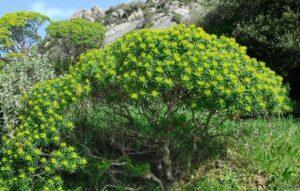
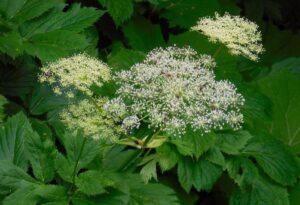
Start a new Thread